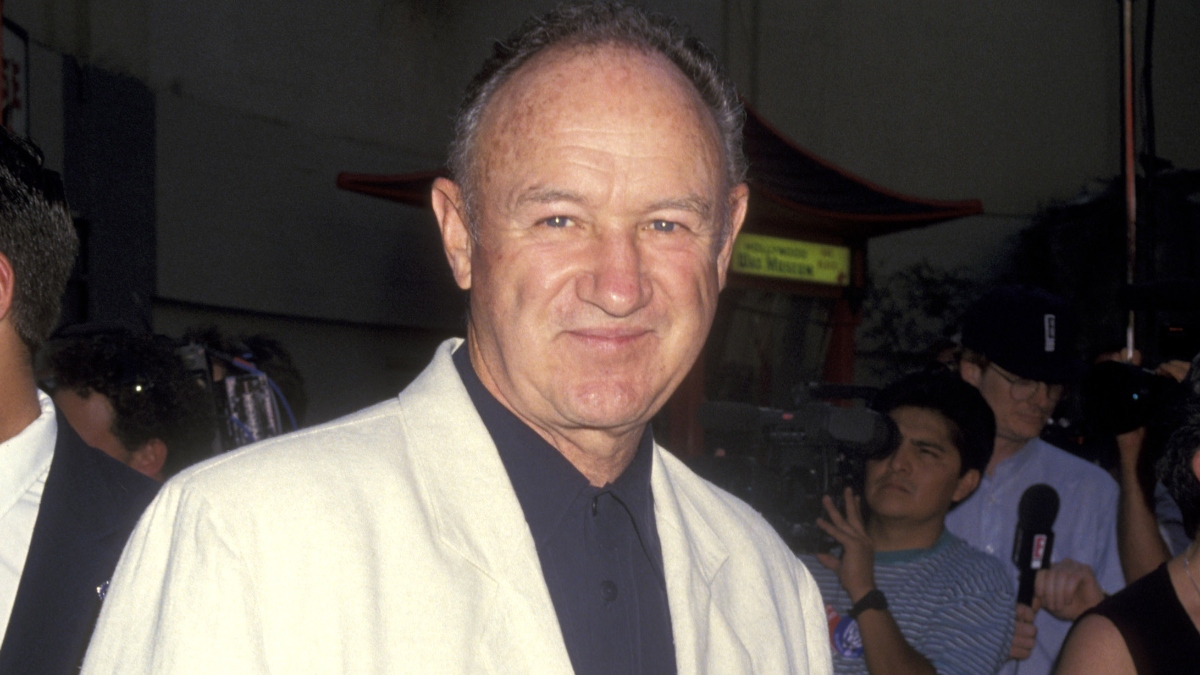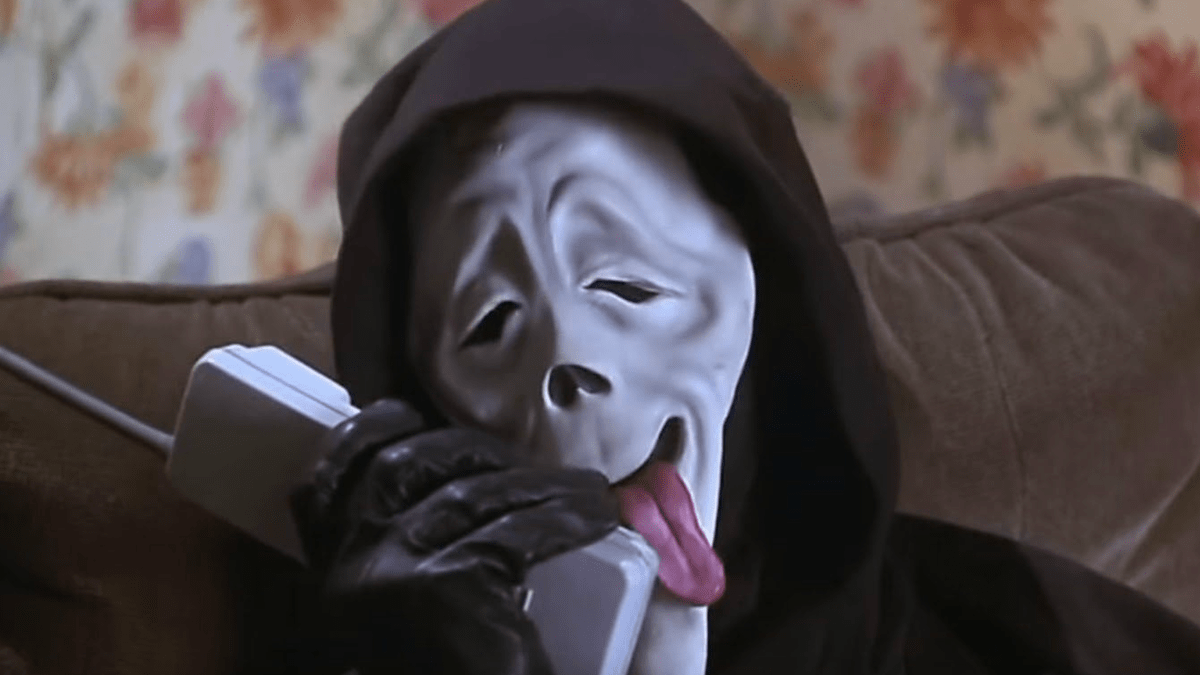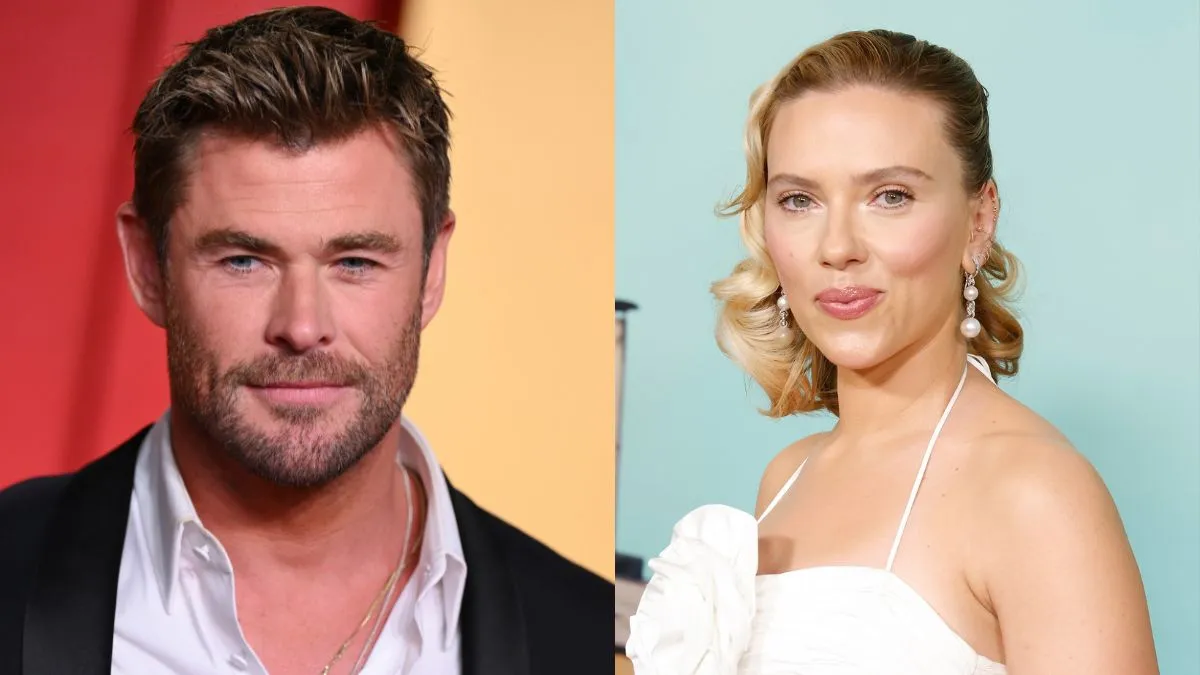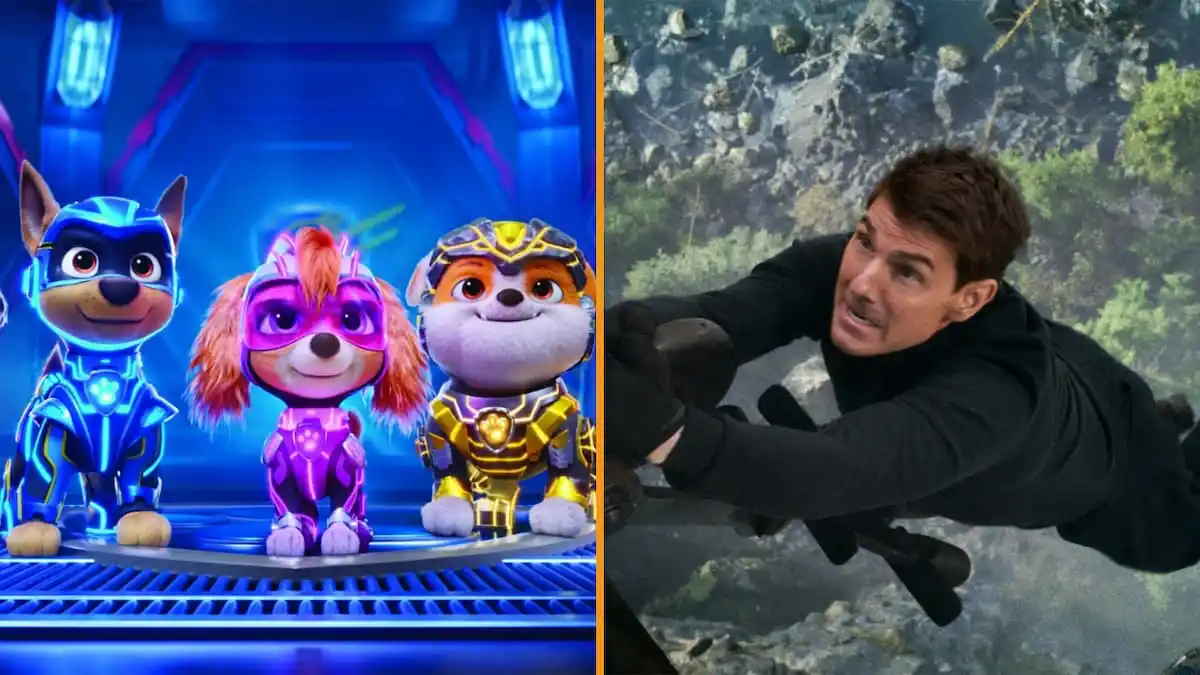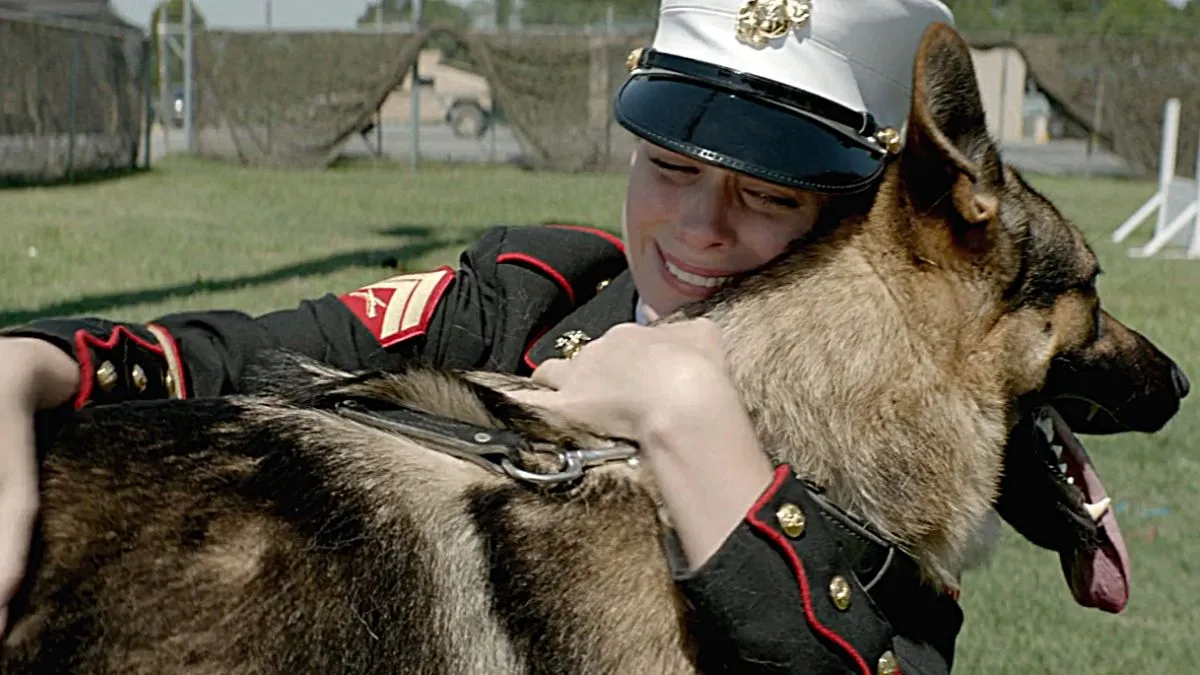Where would horror be without fear of the unknown? That’s what the 1990s had to deal with, trapped at the end of a century that had advanced cinematic scares from Edison’s Frankenstein to Jason arriving in Manhattan. Horror had exploded onto the big screen throughout the ’70s and ’80s, introducing sub-genres and a whole new generation of boogeymen. No wonder ’90s horror is so self-conscious.
Very few ’90s releases can claim a spot in the all-time horror top 50, but it was a decade that knew its job. It had to consolidate the slasher takeover of the ’80s while establishing horror’s potential for the 21st century. In these ten best horror films of the ’90s, you’ll find hidden gems, scary trailers, and fascinating hints at coming attractions.
10. Dead Alive (1992)
Peter Jackson’s third feature ended his splatter phase with a comedic splash. Known as Brain Dead outside of North America, it remains one of the goriest films ever made and proved to be hugely influential on the zombie resurgence to come. Jackson’s involvement in horror didn’t end here, although it did win out over his higher-profile Hollywood debut, The Frighteners. You can trace his early horror sensibilities to the award-winning epics he would embark on at the end of the decade.
9. Cronos (1993)
Guillermo del Toro and Peter Jackson’s films sit next to each other easily. Few directors can match the pair in dragging their low-budget horror beginnings on to critical and award-winning successes. A twist on vampire stories, Cronos was del Toro’s first feature and firmly established his gift for visually compelling fantasies on the international stage. Despite a few detours, a direct line can be drawn from Pan’s Labyrinth to The Shape of Water⏤del Toro’s homage to classic Universal horrors that claimed Oscar glory 24 years later.
8. Event Horizon (1997)
Paul W. Anderson’s space horror is just one of the films on this list that enjoyed growing cult status after it bombed on release. It sticks out in a director’s portfolio packed with action horror and franchise building. Its strength lies in its combination of a solid cast, fantastic production design, and horrific realization of the ‘hell’ the crew finds around a distant star.
It carves out a place in the genre, which isn’t an easy thing to do, even as it displaces David Fincher’s flawed Alien 3 from this list. It’s also a deceptively clever film that rewards repeat viewings with classic references. Keep an eye out for the ship bay numerals, referencing cantos in Dante’s Inferno, hinting at the fate awaiting crew members in the scenes that follow.
7. Wes Craven’s New Nightmare (1994)
It’s hard to believe that this came out on the 10th anniversary of the dreamy original. The Nightmare on Elm Street saga endured a decade of ups and downs, although Freddy Krueger kept his knives a bit sharper than his mask-wearing rivals over his original six films. 1991’s Freddy’s Dead: The Final Nightmare tried to pack off the Springwood Slasher with a reality-warping 3D finale that didn’t satisfy anyone. With his New Nightmare, Wes Craven returned to the franchise he started with a post-modern eye. He set up a critical development of ’90s horror on the way, which he would fully explore with Scream two years later. While plaguing his actors with meta terrors, Craven took the opportunity to right some wrongs. He returned Krueger to his original vision with a modified look that supported his rediscovered feral and scarier personality.
6. Candyman (1992)
The third of the Hellraiser films arrived in 1992, completing a trilogy that no one expected would lead to the eternal damnation of shoe-horned scripts for years to come. It was fortunate that another of Clive Barker’s creations arrived on screen that year, lifted from The Forbidden, a short story in his Books of Blood. Director Bernard Rose relocated the story from class-ridden Liverpool to racially and socially charged inner-city Chicago. The result is an enduring and haunting horror that’s so much more than a supernatural slasher.
Rose was helped enormously by Tony Todd’s towering performance and the nursery melody of Philip Glass’s score. Candyman spawned immediate sequels but has remained as underrated as it is relevant. Its legacy could be assured by the 2021 version, produced by Jordan Peele, which promises to be a sequel and not a remake. How could you leave Tony Todd behind the mirror?
5. Scream (1996)
Wes Craven’s final franchise would set another significant bar for movie horror. He had nodded to the genre-blending variety of the previous decade with 1991’s zany and satirical The People Under the Stairs. He then added a meta twist to an Elm Street already split between dream and reality with his New Nightmare. But it was his partnership with screenwriter Kevin Williamson that proved to be definitive.
Few writers influenced ’90s horror like Williamson. In the next two years, he’d bring Michael Myers back to the big screen with anniversary tribute H20, and try his hand at an authentic slasher with 1997’s I Know What You Did Last Summer. But while the subgenre owes him a great deal, Scream proved that the blade was double-sided. Depending on your perspective, the sprightly casting, slick direction, and sharp script either radically redefined or mortally wounded the slasher. Even with the untimely loss of Craven, the Scream franchise remains alive, kicking, and probably its own worst enemy.
4. Ringu (1998)
Ringu ushered in a new wave of J-horror, setting in motion a cycle of western remakes failing to match the success of the originals. Hideo Nakata’s adaptation of Koji Suzuki’s novel (odd given its visual hook) mines the same concept of reportage and investigation as other films on this list. But Nakata realizes Ringu’s vengeful monster with unrivaled precision. Every horror fan can picture the twitching form of Sadako creeping from the well towards the camera (or, really, your screen). Chilling, a superb fusion of the modern and the supernatural, and deceptively simple.
3. Audition (1999)
In a decade of eclectic horror, Audition emerged late as potentially one of the most influential horror films of the ’90s. It’s not director Takashi Miike’s only controversial film, but the psychodrama split audiences and critics at the time and still inspires debate. It paved the way for the torture horror subgenre that would dominate the decade that followed, and it’s fair to say that 21st-century horror probably wouldn’t be the same without it. Complicated, subtle, and sometimes nearly unwatchable.
2. The Blair Witch Project (1999)
Blair Witch might be the most famous horror movie of the ’90s, firmly reestablishing the found footage subgenre, for good or bad. Although it shared horror headlines with The Sixth Sense in 1999, the Witch’s legacy proved more significant. It cut through to the mainstream, tapping into social and individual trends with a fiercely guarded independence. It quickly proved to be one of the most profitable independent films of all time, and its struggle to establish a franchise was inevitable. That said, it’s hard to imagine what Blumhouse would have been without it.
1. The Silence of the Lambs (1991)
Some people argue that Lambs is a purely psychological thriller, but that misses the essential role thrillers played in the development of horror. It deserves recognition for its genre elements and for being the only horror film to sweep the Academy Awards. Lecter is one of the great creations in the genre. While Brian Cox originated the role in Michael Mann’s Manhunter five years before, Anthony Hopkins’s reptilian otherness sweeps that clipped coldness aside before he even mentions fava beans.
Director Jonathan Demme shaped something exceptional from Thomas Harris’s third novel. The serial killer’s second act escape is just one gory, perfectly-pitched set piece in an exceptionally-paced film. The best blend of thriller and horror since Hitchcock, it very much lies in the entrails of the slashers that came before. It was a successful attempt to demonstrate what the genre could do, setting out an ambition that ’90s horror would struggle to fulfill: to evoke and build on the past while reaching a broader audience.


